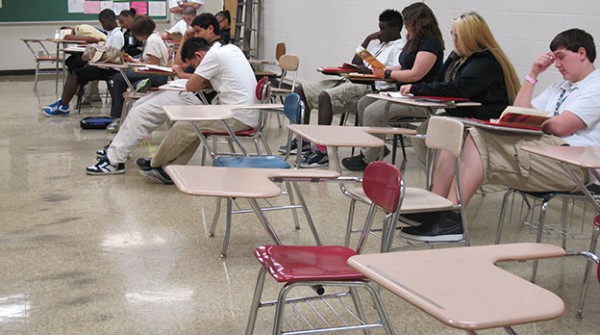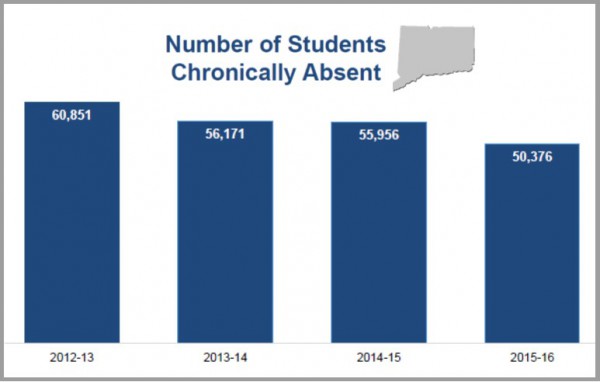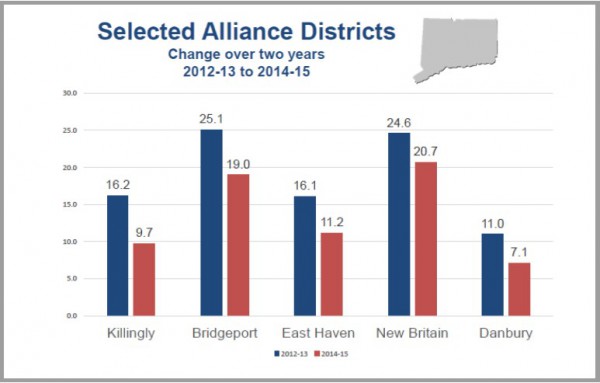Efforts Forge Awareness From Tragedy, As CT Nonprofit Stresses Fire Safety
/Jeff Block founded One Innocent Life, a Connecticut-based nonprofit organization, 18 months ago while battling for a new state law to improve Connecticut fire safety standards. He has been campaigning for fire safety in Connecticut homes since 2012, when his daughter, Eva, of Woodbridge, and two friends, died in a fire in their off-campus housing at Marist College in upstate New York on January 21st. Approximately 66 percent of students attending college in the U.S. live in off-campus housing, according to the Center for Campus Fire Safety Student Committee.
His efforts led to legislation in Connecticut, but One Innocent Life is continuing to advocate for greater awareness, in Connecticut and beyond, on campuses and in local communities.
According to the National Fire Protection Association, U.S. fire departments responded to an estimated annual average of 3,870 structure fires in dormitories, fraternities, sororities, and barracks between 2009 and 2013. From 2000 - 2015, 89 fires that killed 126 people have occurred on a college campus, in Greek housing or in off-campus housing within three miles of the campus. Of these, 76 off-campus fires caused 107 deaths, while 7 on-campus building or residence hall fires claimed 9 victims and 6 fires in Greek housing took the lives of 10 people.
Public Act 15-5, approved by the Connecticut legislature in the June 2015 Special Session, took effect on October 1, 2015. The law requires landlords to include a notice in each dwelling unit's lease disclosing whether the unit has a working fire sprinkler system. If a unit has a working system, the lease must also include a notice indicating the date of its last maintenance and inspection. Both notices must be printed in a uniform font of at least 12-point, boldface type.
Under the state law, a “fire sprinkler system” is a system of piping and appurtenances designed and installed according to generally accepted standards so that heat from a fire automatically causes water to discharge over the area, extinguishing the fire or preventing it from spreading.
There were seven college students in the rental house that night in Poughkeepsie. Four made it out. New Canaan resident Kevin Johnson, a student at Duchess Community College at the time, Kerry Fitzsimmons, a Marist senior from Long Island, and Eva Block, a Marist senior, did not. “One Innocent Life is dedicated to raising awareness about the living conditions of college students, involving fire safety,” the organization’s website explains.
“The annual number of fires in dormitories, fraternities, sororities and barracks reported to U.S. fire departments has been substantially higher in recent years than any time prior to 2000,” the NFPA’s Richard Campbell said in August 2016.
The National Fire Prevention Association suggests that students renting off campus housing – and other renters – ask the following of landlords:
- Does every room have a smoke alarm?
- What is the power supply to the detector (hardwire/battery/both)?
- Who provides the battery replacement?
- Does the off-campus housing have sprinklers and fire extinguishers?
- What is your disciplinary policy toward tenants who cause false alarms or fail to evacuate during an alarm?
- Do the rooms have enough outlets with enough power to feed energy needs?
- Can the exit doors be opened from the inside without a key?
- What fire safety training does your building staff receive?
One Innocent Life's video to extend awareness, made with the help of Wesleyan University, the City of Middletown Professional Firefighters Local 1073, includes more than a dozen volunteers from Connecticut.
https://youtu.be/9tVQGDyzUHQ




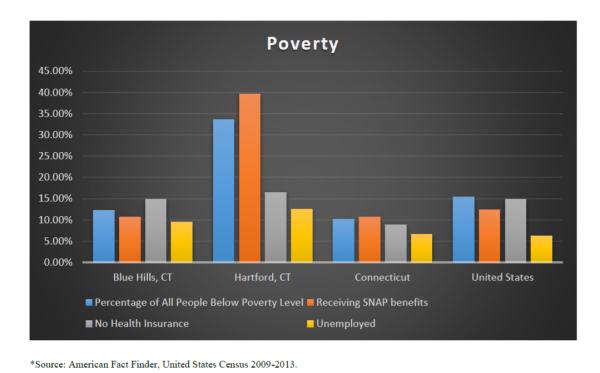 this book, education is the ultimate determinate of success. In order for Hartford to excel, the population must be educated. The emerging majority must be able to support itself and children require cutting edge educational opportunities.”
this book, education is the ultimate determinate of success. In order for Hartford to excel, the population must be educated. The emerging majority must be able to support itself and children require cutting edge educational opportunities.” The Mattress Recycling Council (MRC), a non-profit organization established by the mattress industry that created and manages the program in Connecticut, California and Rhode Island, presented its inaugural
The Mattress Recycling Council (MRC), a non-profit organization established by the mattress industry that created and manages the program in Connecticut, California and Rhode Island, presented its inaugural  “We are pleased with the program’s productive start and will continue to work with city leaders, businesses and the state to improve the program, expand the number of communities served, and increase the volume of mattresses recycled,” said Ryan Trainer, President of MRC and the International Sleep Products Association.
“We are pleased with the program’s productive start and will continue to work with city leaders, businesses and the state to improve the program, expand the number of communities served, and increase the volume of mattresses recycled,” said Ryan Trainer, President of MRC and the International Sleep Products Association.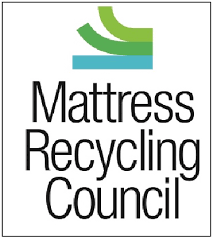

 explains. “Anyone can become a victim of abuse, but vulnerable older Americans — especially those who are women, have disabilities and rely on others for care or other type of assistance — are among the easiest targets for such misconduct.”
explains. “Anyone can become a victim of abuse, but vulnerable older Americans — especially those who are women, have disabilities and rely on others for care or other type of assistance — are among the easiest targets for such misconduct.”
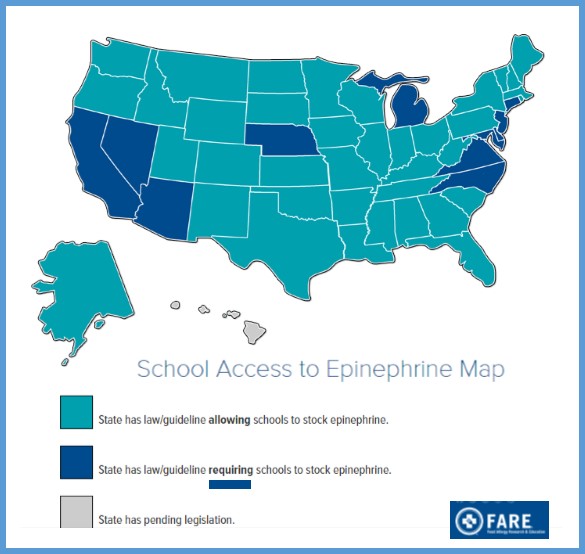
 In 2015 the legislature considered, but did not pass, a bill requiring the insurance commissioner to study and report on health insurance coverage of and out-of-pocket expenses for EpiPens, according to the OLR report. The 2014 legislation requires (a) schools to designate and train nonmedical staff to administer EpiPens to students having allergic reactions who were not previously known to have serious allergies and (b) the public health and education departments to jointly develop an annual training program for emergency EpiPen administration.
In 2015 the legislature considered, but did not pass, a bill requiring the insurance commissioner to study and report on health insurance coverage of and out-of-pocket expenses for EpiPens, according to the OLR report. The 2014 legislation requires (a) schools to designate and train nonmedical staff to administer EpiPens to students having allergic reactions who were not previously known to have serious allergies and (b) the public health and education departments to jointly develop an annual training program for emergency EpiPen administration. Quality of life in the United States is heavily dependent on financial status, the survey summary points out. As a consequence, the nation’s best states to live in often report very high incomes. With a median household income of $71,346 a year, fifth highest of all states, Connecticut is the second
Quality of life in the United States is heavily dependent on financial status, the survey summary points out. As a consequence, the nation’s best states to live in often report very high incomes. With a median household income of $71,346 a year, fifth highest of all states, Connecticut is the second
 the right of abused and neglected children and children with disabilities. She was appointed by Governor Dannel Malloy to serve as Connecticut's Child Advocate on August 1, 2013. As Child Advocate, she sets priority reviews for the OCA, manages office operations, and publishes vital information regarding the well-being of children and recommendations for system reform. Prior to this appointment, she served for several years as the Director of the Child Abuse Project at the Center for Children's Advocacy in Hartford.
the right of abused and neglected children and children with disabilities. She was appointed by Governor Dannel Malloy to serve as Connecticut's Child Advocate on August 1, 2013. As Child Advocate, she sets priority reviews for the OCA, manages office operations, and publishes vital information regarding the well-being of children and recommendations for system reform. Prior to this appointment, she served for several years as the Director of the Child Abuse Project at the Center for Children's Advocacy in Hartford.
 his important issue and help animals by organizing fundraisers in Connecticut communities. The announcement of her election, after more than 4,000 ballots were cast earlier this month by 5th graders, was made at her school in Milford. She was one of seven candidates on the ballot; only 5th graders were eligible to vote.
his important issue and help animals by organizing fundraisers in Connecticut communities. The announcement of her election, after more than 4,000 ballots were cast earlier this month by 5th graders, was made at her school in Milford. She was one of seven candidates on the ballot; only 5th graders were eligible to vote. many others,” Stuart added.
many others,” Stuart added.

